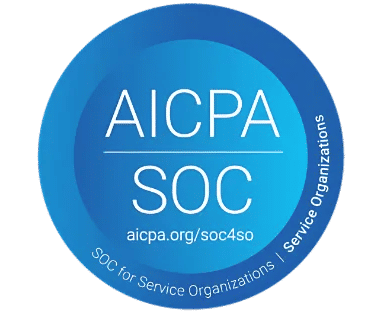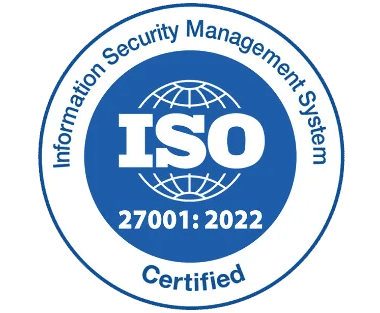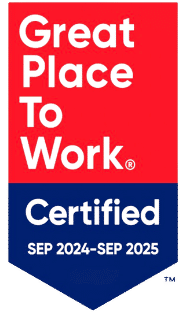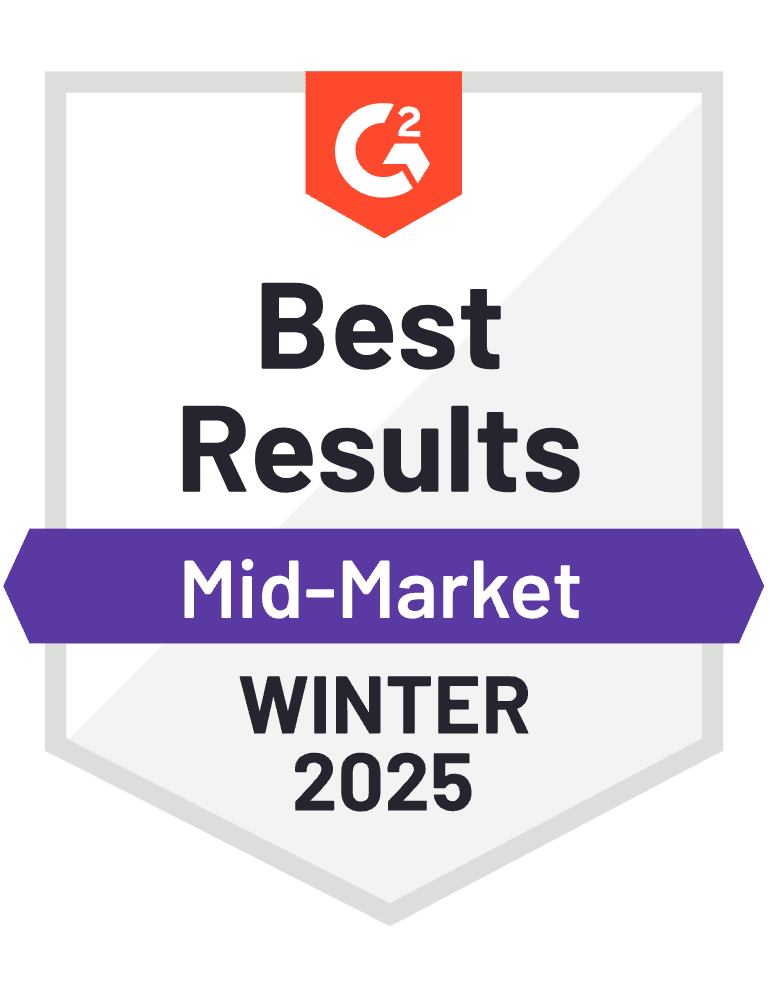User Friendly IT Asset Tracking Software for Small Business
Investing in IT Asset tracking software is crucial for effectively managing, controlling, and safeguarding your IT infrastructure. Relying solely on spreadsheets can be limiting, which is why adopting a dedicated ITAM tool is essential.
We have reviewed the key features, pricing, and capabilities of various asset management software solutions to help you find the best fit for your needs.
Understanding the Importance of Asset Tracking software for Small Businesses
For small businesses, gaining a comprehensive understanding of their assets is vital for growth and scalability. Asset tracking solutions, encompassing both software and hardware, empower these businesses to monitor, manage, and maintain their essential assets effectively.
Utilizing IT asset tracking software can yield numerous time-saving and cost-effective advantages for small business owners. It provides crucial data during audits and helps minimize inventory losses and theft.
Why Asset Tracking Matters for Small Businesses
While it’s common to think that asset tracking tools are primarily for large enterprises with extensive assets, this is a misconception. Small businesses require asset tracking systems just as urgently—if not more so. When significant investments are made in assets, tracking becomes crucial for daily operations. The absence of an essential asset due to loss or unexpected maintenance can significantly disrupt a business’s operational flow, hindering growth and revenue.
By implementing tracking mechanisms such as RFID tags or barcodes, businesses can monitor assets in real time, offering a more efficient solution compared to traditional methods like spreadsheets, which are prone to errors—studies indicate that 88% of spreadsheets contain at least one mistake.
How Barcode Tracking Functions for Small Businesses
Asset tracking enables small businesses to:
- Gain enhanced visibility of their assets.
- Decrease costs associated with lost or stolen items.
- Create a comprehensive asset register.
- Access necessary data quickly.
Typically, small businesses implement asset tracking protocols to lower costs by optimizing asset usage, resulting in valuable data applicable in various contexts. Furthermore, the ability to track assets via mobile devices adds convenience, especially when tracking responsibilities are shared among employees. For example, logistics or fleet management companies depend heavily on their vehicles to fulfill contracts; unavailability of these assets can severely impact operations.
Challenges Associated with Poor Asset Management
Without a robust asset tracking system, small businesses may encounter various operational challenges. A survey in 2017 revealed that over half of the 1,100 small businesses surveyed did not track their assets, rendering them more vulnerable than the 16% that utilized asset tracking software.
Key challenges include:
- Theft: The cost of replacing lost or stolen assets can significantly affect a small business’s bottom line, as evidenced by the construction sector’s theft losses exceeding £70 million in 2017.
- Lack of Real-Time Data: Without real-time data collection, businesses struggle to locate assets efficiently, leading to job delays and the need for manual searches to determine asset availability.
- Data Inaccuracies: Manual management can result in human errors, particularly affecting inventory management and audits.
- Inefficient Use of Employee Time: IT Asset tracking software with cloud-based capabilities allow employees to quickly ascertain asset locations, eliminating the time wasted in searches.
Key Benefits of Asset Tracking Software
- Minimize Loss and Theft: Knowing an asset’s location helps prevent loss or theft and aids in quickly recovering missing items.
- Lower Insurance Costs: Accurate tracking can decrease insurance premiums by eliminating payments for non-existent assets.
- Monitor Deliveries: Real-time location tracking facilitates verification of deliveries and drop-off points.
- Enhance Inventory Management: Tracking provides valuable insights, making inventory management more efficient.
- Optimize Maintenance Planning: Asset tracking allows for better maintenance scheduling, reducing unexpected repair costs.
- Extend Asset Lifespan: Well-planned maintenance can prolong the usability of assets.
- Automate Data Collection: Automated tracking reduces the need for manual checks, allowing employees to focus on other tasks.
- Streamline Auditing: Digital tracking solutions minimize manual stock-taking, reducing the likelihood of errors.
Unique Points on Asset Tracking for Small Businesses
- Increased Accountability: With asset tracking system, employees can be held accountable for the assets they use. Clear responsibility reduces the chances of misuse and promotes proper care of company resources.
- Enhanced Reporting: Many asset tracking solutions offer advanced reporting features, enabling businesses to generate detailed reports on asset usage, maintenance schedules, and financial analysis, which can help in strategic planning.
- Customization Options: Small businesses can often customize asset tracking solutions to fit their specific needs, ensuring that they only pay for the features that matter most to them.
- Integration with Other Systems: Asset tracking software can be integrated with other business systems, such as inventory management or financial software, providing a more cohesive operational approach.
- Improved Customer Service: By ensuring that assets are available and in good condition, businesses can improve their service delivery, leading to higher customer satisfaction and retention.
Finding the Right Asset Tracking Software for Your Needs
To identify suitable asset tracking solutions for your business, consider what types of assets you need to monitor—ranging from tools and machinery to IT hardware and healthcare assets. When selecting asset tracking technologies, small businesses should focus on cost,
range, and durability. Common options include:
- Barcodes: Inexpensive but require line-of-sight.
- QR Codes: Printable on-site; scannable even when damaged.
- RFID Tags: More costly, but effective for up to 15 meters.
- GPS Trackers: Provide constant connectivity but come at a higher price point.
- NFC Tags: Durable but require line-of-sight for scanning.
By implementing the right asset tracking solutions, small businesses can enhance their operational efficiency and safeguard their investments.
Conclusion
Choosing an asset management software that fits your organization requires evaluating your specific needs, budget, and long-term goals. Rather than just counting features, focus on finding a solution that aligns well with your business operations.
Interested in finding out if Asset Management 365 is the right ITAM software for your organization? Contact us, and we’ll help you determine the best choice for your asset management needs.
Frequently Asked Questions
1. What is IT Asset Tracking Software, and how does it work?
Asset Tracking Software is a system that allows businesses to monitor, manage, and record the location, status, and usage of their assets. It typically uses technologies like barcode scanning, RFID, GPS, or NFC to track physical assets in real-time, providing a centralized database for asset information. What are the main benefits of using Asset Tracking Software?
Asset Tracking Software helps businesses reduce losses due to theft or misplacement, improve inventory management, enhance maintenance planning, increase productivity, and ensure compliance with regulatory requirements. It provides real-time visibility into asset status, reducing manual tracking efforts.
2. Can small businesses benefit from Asset Tracking Software?
Yes, Asset Tracking Software can be highly beneficial for small businesses by providing cost-efficient ways to manage assets, streamline operations, and reduce expenses associated with asset loss or downtime. It also supports growth by enabling more effective resource management.
3. What types of assets can be tracked with IT Asset Tracking Software?
Asset Tracking Software can be used to track a wide range of assets, including IT equipment, tools, machinery, vehicles, office furniture, medical devices, and inventory stock. The choice of tracking method (e.g., barcode, RFID, GPS) often depends on the asset type and tracking requirements.
4. What are the key features to look for in Asset Tracking Software?
Important features include real-time tracking, automated alerts for maintenance or calibration, customizable reporting, mobile accessibility, integration with other business systems (like ERP or accounting software), and data security measures to protect asset information.









_svxLrd-8yH.png)

_2VYSFUTN5m.png)

_JiluXJRGNl.svg)

_2djTKNocf.png)





_Rapo0hRMBy.png)










